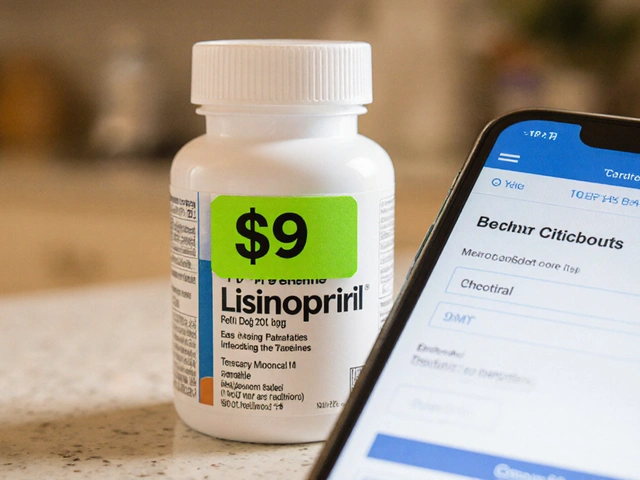Ivabradine: how it works and when to use it
Ivabradine is a heart medicine that slows your heart rate without changing blood pressure much. Doctors use it mainly for two things: chronic stable angina when beta-blockers aren't enough or tolerated, and certain cases of heart failure with reduced ejection fraction in people who stay in sinus rhythm. It targets the funny current (If) in the sinoatrial node, which controls heart rate. Lowering heart rate can reduce chest pain and cut hospitalizations for heart failure.
Why consider ivabradine? If your resting heart rate stays high despite other meds, ivabradine can help you feel less breathless and reduce symptoms. The SHIFT trial showed that adding ivabradine to standard heart failure therapy lowered the risk of hospitalization for worsening heart failure. That doesn't mean everyone benefits; your doctor will weigh factors like heart rhythm, blood pressure, and other drugs you take.
Uses and dosing
Usual starting doses in adults are often 5 mg twice daily, adjusted to heart rate after two weeks. Some patients start at 2.5 mg twice daily or move up to 7.5 mg twice daily based on response and side effects. It's taken with food to help steady blood levels. Ivabradine is not approved for lowering blood pressure as a primary goal; it's for rate control when appropriate. It works only if you have a normal sinus rhythm, so it's not for people with atrial fibrillation.
Safety, side effects and practical tips
Common side effects include visual brightness (phosphenes), bradycardia (slow heart rate), and fatigue. If your pulse drops too low, your doctor may lower the dose or stop the drug. Don't start ivabradine if your resting heart rate is already below 60 beats per minute. Avoid strong CYP3A4 inhibitors like clarithromycin or certain antifungals; they can raise ivabradine levels and increase risk of side effects. Combining ivabradine with verapamil or diltiazem also needs care because these drugs affect heart rate too.
Before taking ivabradine, tell your clinician about medications, recent fainting, or heart rhythm problems. Regular pulse checks and periodic ECGs are normal while adjusting therapy. If you’re thinking of buying meds online, use a licensed pharmacy and a valid prescription — never skip medical review. If you experience sudden vision changes or fainting, stop the drug and seek medical care.
Ivabradine can be a useful option when heart rate control is needed and other drugs aren't suitable. Ask your doctor how it fits into your treatment plan and what monitoring you'll need. Clear communication with your care team keeps treatment safe and effective.
Not everyone can take ivabradine. Avoid it in pregnancy and breastfeeding unless your doctor says otherwise. Older adults may need lower doses and closer monitoring for slow pulse and dizziness. Also watch for drug interactions with other heart-rate-lowering meds like beta-blockers; combining them increases risk of fainting. Keep a record of your resting pulse at home and bring it to visits. Small checks can prevent dose problems and keep you out of the hospital.
Save records.

Ivabradine and Weight Management: Can It Help Heart Patients Lose Weight?
In my recent blog post, I explored the potential benefits of Ivabradine for heart patients struggling with weight management. Ivabradine, a medication primarily used to treat certain heart conditions, has shown promising results in helping patients lose weight. While more research is needed to fully understand its effectiveness, preliminary studies suggest that it could offer a promising solution for heart patients looking to maintain a healthy weight. As always, it's essential to consult with a healthcare professional before making any changes to your medication or weight loss plan. Stay tuned for more updates on this fascinating topic!
Read More




